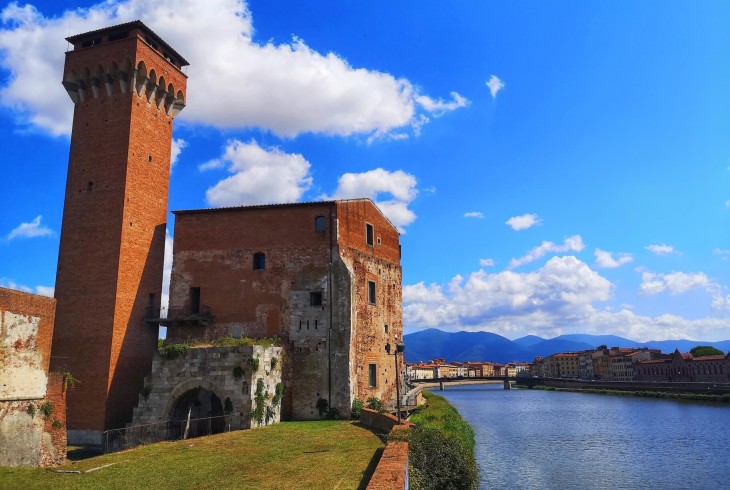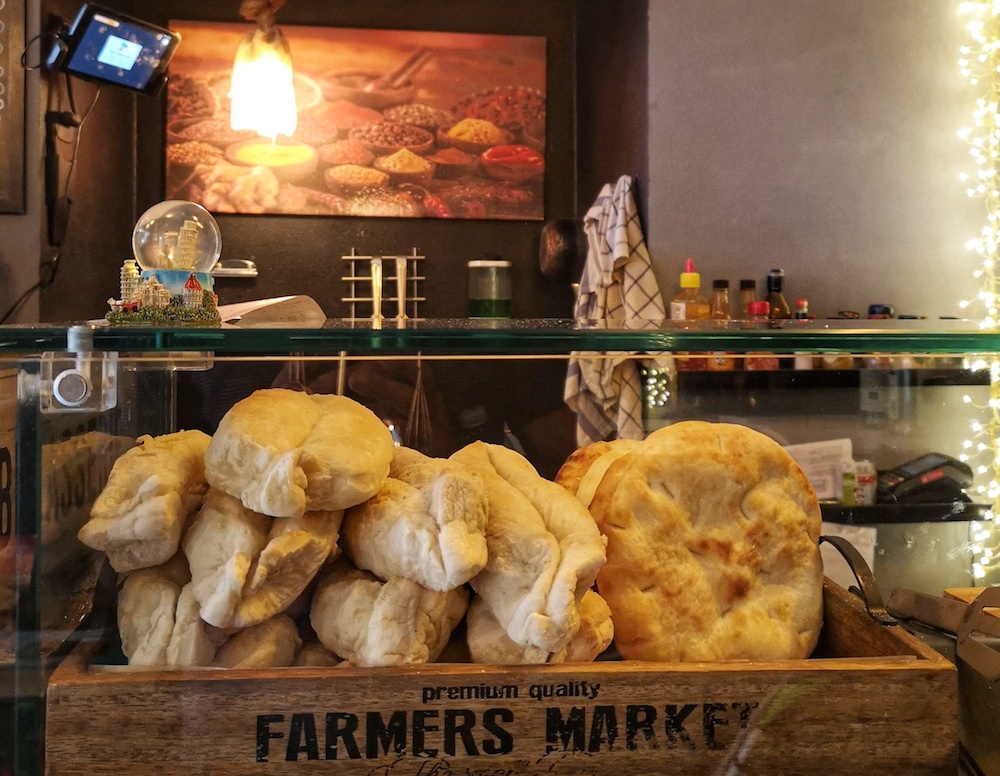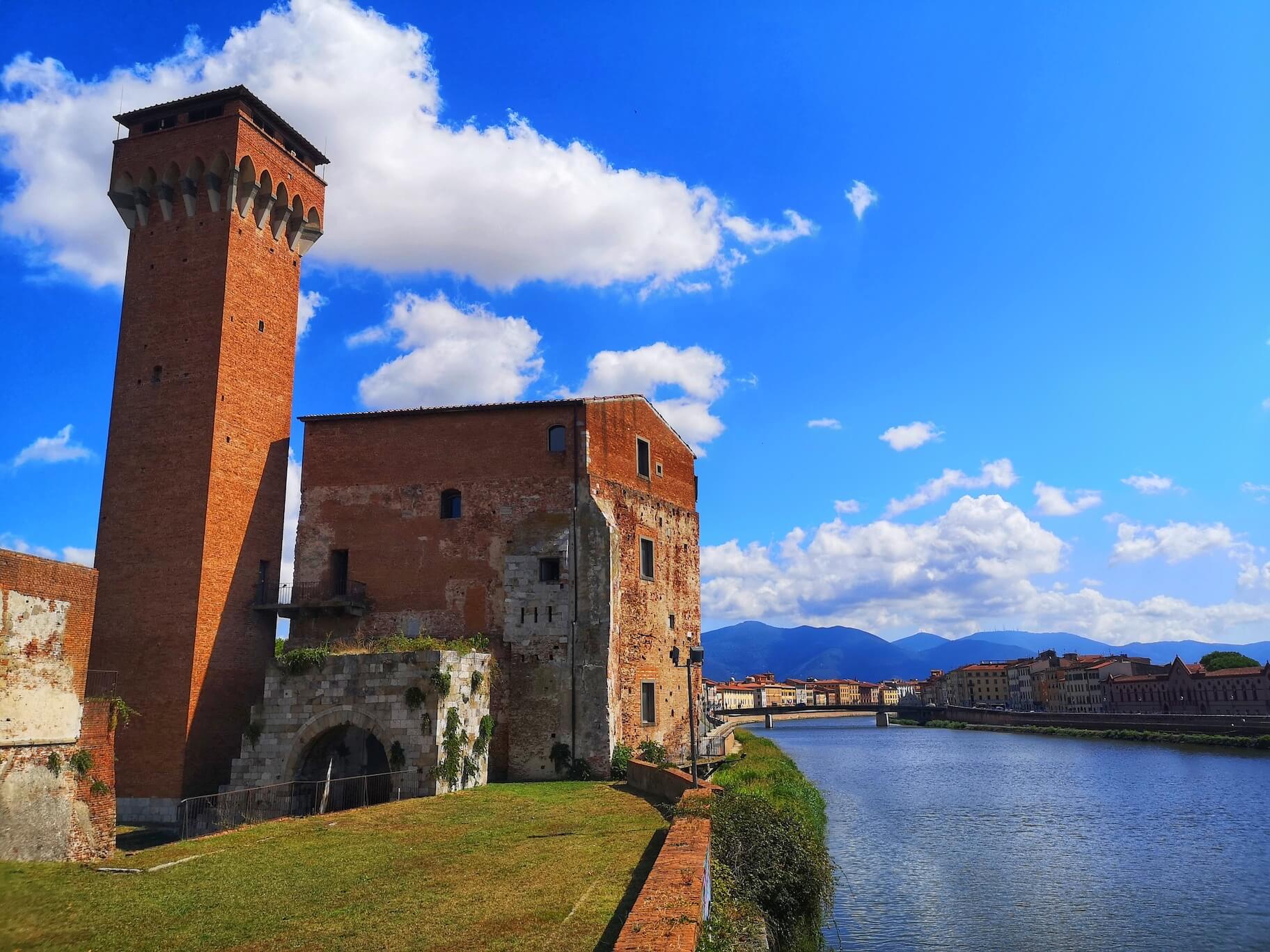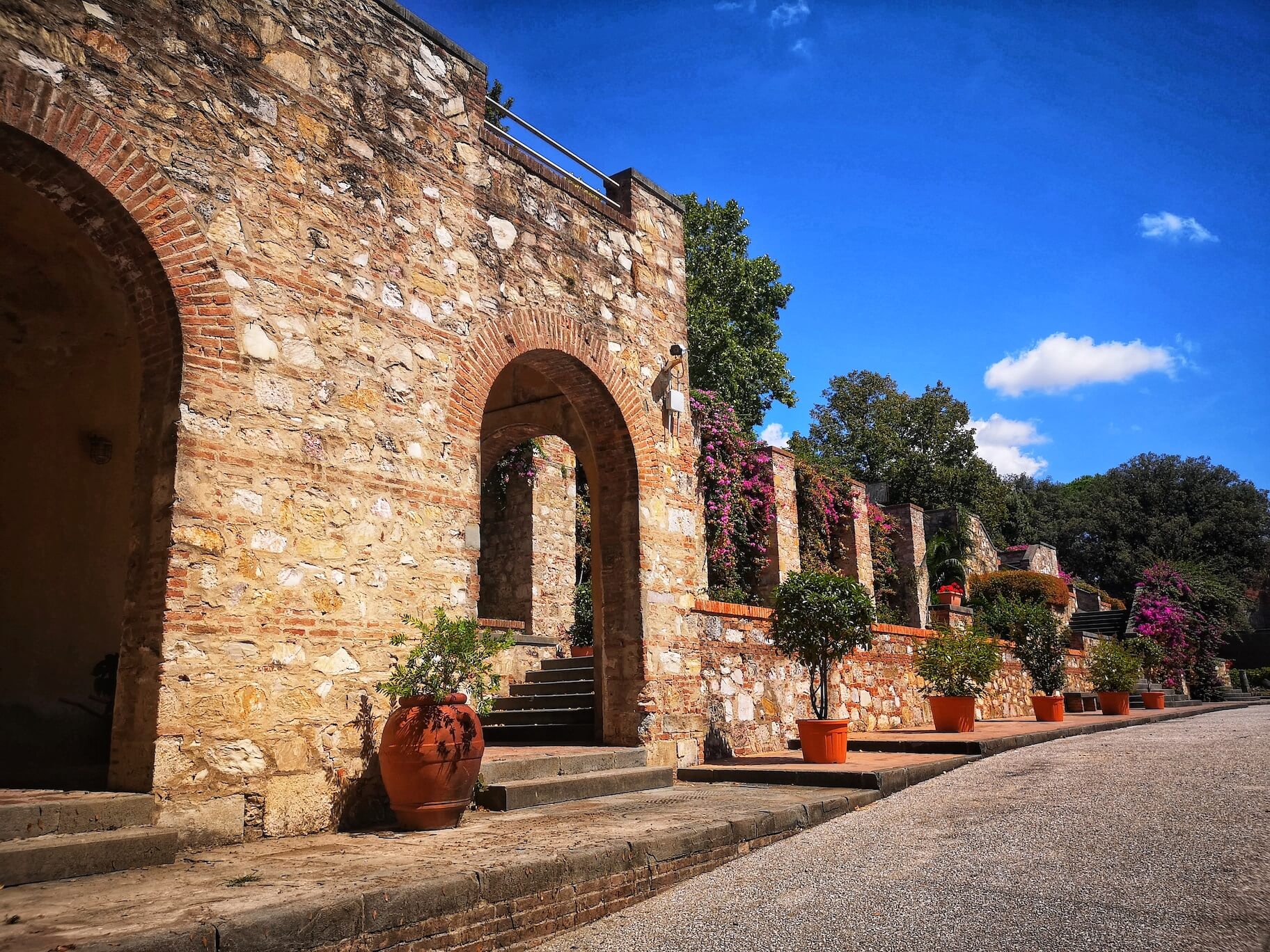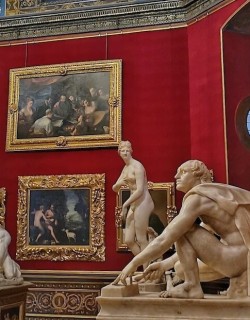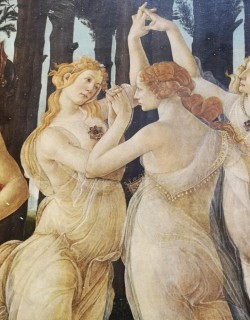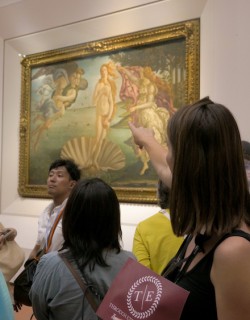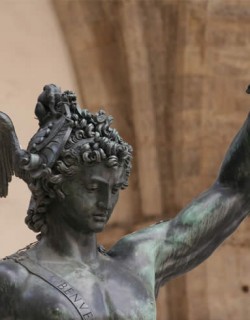Last week in our blog we explored the extraordinary monuments of Pisa’s Piazza dei Miracoli, from the iconic Leaning Tower to the Camposanto and beyond. But there’s a lot more to the city than these medieval marvels, and if you really want to get to know Pisa, then you’ve got to venture beyond these well-worn stops on any tourist trail. And for the intrepid traveller willing to spend more time exploring the city than the frantic couple of hours most day-trippers allocate Pisa before moving on towards Florence, fascinating discoveries await!
For centuries Pisa was one of Europe’s most powerful city states, its all-conquering fleets bringing back untold riches from every corner of the globe. These days it’s a multifaceted modern city home to Italy’s most prestigious university, buzzing nightlife, great restaurants and a thriving cultural scene all unfolding amidst stunning Medieval and Renaissance monuments.
In part two of our online Pisa guide, we’re taking a look at 11 of our favourite things to do and places to see in the city beyond Piazza del Duomo.
1. Admire Keith Haring’s Final Masterpiece

Pisa may have reached the apogee of its cultural and political achievement way back in the 14th century, but perhaps surprisingly one of its best loved artworks is a thoroughly modernist creation. Pop artist Keith Haring is best known for his iconic New York graffiti outlines highlighting issues like the 1980s AIDS crisis (which would ultimately take the artist's own life); but the final work of his tragically short career in fact graces the back wall of Pisa's church of Sant'Antonio. Entitled Tuttomondo, or All the World, Haring's mural owes its existence to a chance meeting with a young Pisan on the streets of New York, and is an ideogrammatic paean to human solidarity, a teeming and vibrant panorama of the variety of lived experience. Haring would die only a few months later, leaving this as his last, touching testament.
2. Explore the heart of Renaissance Pisa in the Piazza dei Cavalieri

Pisa’s grandest Renaissance square, the Piazza dei Cavalieri is the probable location of Pisa’s ancient Forum. Cosimo I de’Medici had the area redesigned for the use of the Order of the Knights of Santo Stefano in the 16th century, founded to protect the Mediterranean from sea-raids by Turkish fleets. The piazza is dominated by an imposing equestrian statue of the Grand Duke himself, the work of sculptor Francavilla from 1596. Behind is the beautiful Giorgio Vasari designed Palazzo della Carovana, an architectural tribute to the Medici dukes and today home to Pisa’s Scuola Normale Superiore. One of Italy’s premier universities, the Scuola Normale was founded by Napoleon shortly after the Emperor annexed Tuscany in 1807, before being moved to its current site in the 1840s.
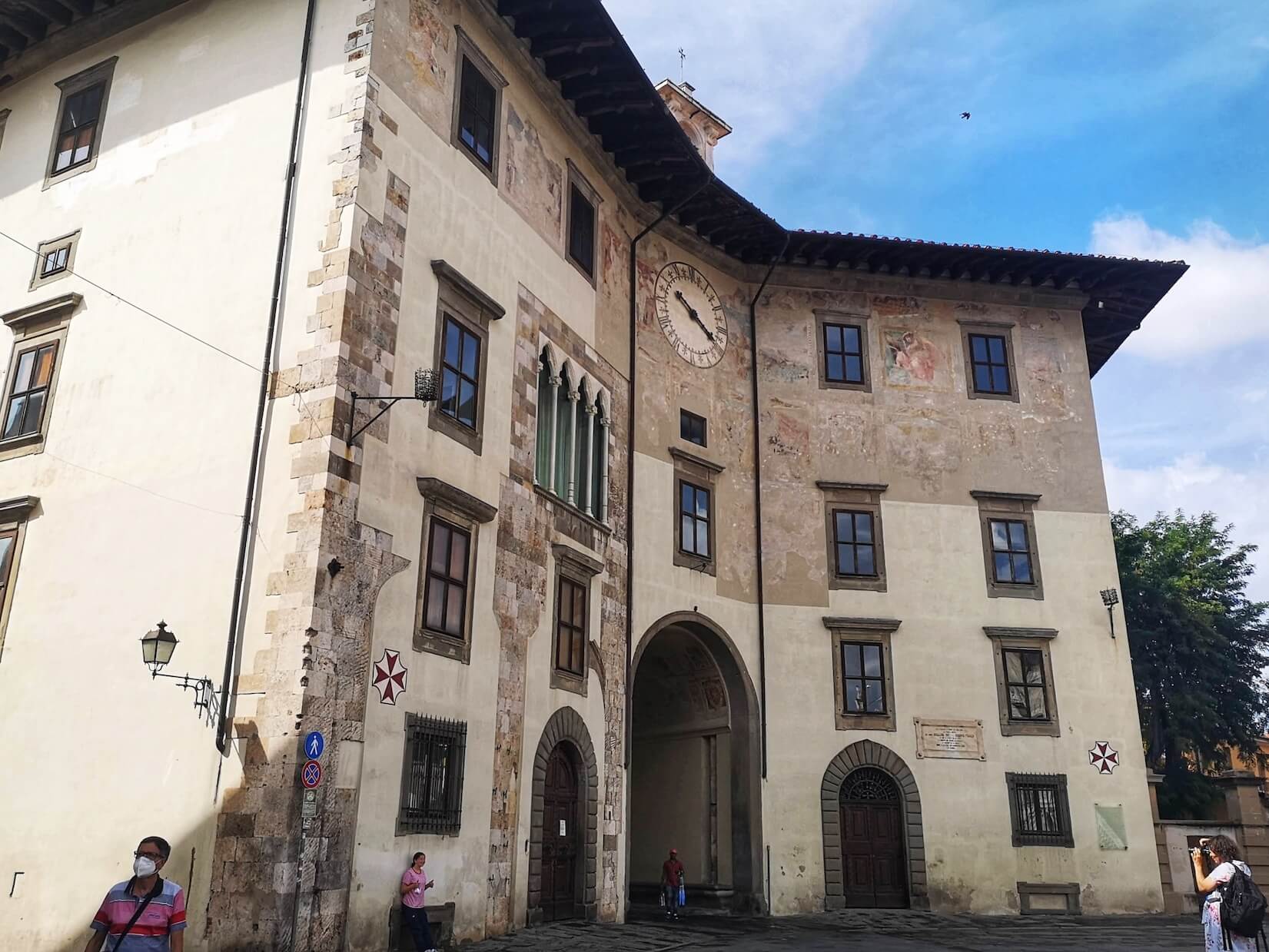
No less impressive is the Palazzo dell’Orologio across the square, fashioned from the remains of the medieval twin towers of the Della Gherardesca family. It was here that the notorious Ugolino della Gheradersca, a prominent villain in Dante’s Divine Comedy, and his family were starved to death on the orders of the Pisan archbishop Ruggieri degli Ubaldini. In Dante’s telling things didn't end well for either Ugolino or Ruggieri in the afterlife: locked together in eternal damnation in hell’s ninth circle, Ugolino is sentenced to chew on Ruggiero’s skull forever.
3. Sample regional delights, from street food to traditional trattorie
With an impressive array of eateries ranging from the Michelin-starred to casual trattorie, it’s easy to eat well in Pisa. But our favourite way to keep hunger at bay here is to take advantage of the city’s thriving street food scene. Top of our list is the humble cecina, a surprisingly delicious flat savoury cake made from chickpeas, served straight up or embellished with a variety of toppings. To sample it at its best, follow the student crowd to Mickey’s Cecineria on the south side of the Arno. Pisa is also a haven for sandwich lovers, with hole-in-the-wall joints serving up local classics like panino al lampredotto (tripe) and all manner of meats, cheeses and vegetables. Our go-to place is I Porci Comodi, just off Piazza Dante. If you’re looking to sample some Pisan cuisine in more traditional surroundings then try traditional no-frills Ristorante Gallileo or Trattoria Sant'Omobono. Or for a real treat head to Osteria dei Cavalieri, whose reasonable prices belie their fabulous Michelin starred offerings.
4. Relive Pisa’s Powerful Past in the Cittadella Vecchia
Walking along the banks of the Arno in Pisa, the spectacular Cittadella Vecchia is sure to catch your attention. Dominated by the striking form of the Guelfa Tower, this area of the city was central to Pisa’s urban development in the salad days of the 13th century, when Pisa’s maritime supremacy had made it one of Europe’s richest city-states. In 1264 a new dockyard was built here to accommodate the republic’s fleet along with a small church. The dockyards were transformed into a defensive garrison at the end of the 14th century, and when Florence took control of the city a few years later the dockyard’s transition into a citadel was completed with the construction of the Guelfa tower. These days it’s a beautifully peaceful spot on the western edge of the city centre, boasting spectacular views of the historic centre framed by the distant mountains.
5. Gaze on a perfect medieval miniature at Santa Maria della Spina
A magnificent, miniature jewel-box of a church clinging precariously to the banks of the Arno, Santa Maria della Spina makes up for what it lacks in size with a tour-de-force in over-the-top Gothic detailing. So encrusted with pointed tabernacles and wonderful statues from the Pisano family of sculptors (famed too for their works in Pisa's Cathedral and Baptistery) that it could be mistaken for a hedgehog, the church is named in honour of the precious relic it once conserved within - a thorn supposedly taken from the spiky crown Christ wore during his crucifixion, donated by a wealthy merchant in the 1330s.
Constantly under threat from recurring floods caused by the Arno breaking its banks over the centuries, the building was completely dismantled in the 1870s and rebuilt stone by stone on a higher pediment for greater protection from the floodwaters. Sadly, the sacristy which once looked out over the Arno was never restored.
6. Take in some alfresco cinema in Pisa’s historic Giardino Scotto
A historic garden in the centre of the city, the Giardino Scotto unfolds around the remains of the bastions of the Cittadella Nuova fortress constructed during Florentine occupation of the city in 1468, subsequently destroyed and rebuilt by Giuliano da Sangallo. The area was transformed into a garden at the behest of the Scotto family in the 19th century, and became public in 1939. In summer the gardens host lovely outdoor cinema events and concerts. After you’ve had your fill of the gardens, make sure to continue your passeggiata east along the banks of the Arno heading out of the city - this is one of Pisa’s loveliest walks, and will eventually lead you to the church of San Michele degli Scalzi on the northern bank…
7. Discover Pisa’s other leaning tower at San Michele degli Scalzi
If you thought that the Leaning Tower was Pisa’s only listing landmark, think again. The 12th-century Benedictine church and monastery of San Michele is somewhere to the south of rustic, a bare stone edifice that powerfully speaks to the piety of a distant age. Beautiful Romanesque carvings on the capitals of the columns lighten up the interior, but its the church’s bellower that is really worth the trek. Another victim of subsidence thanks to Pisa’s notoriously marshy terrain, the square campanile sways every bit as alarmingly as its more famous cousin in the Campo dei Miracoli. It’s difficult to say whether the tower’s square form makes its drunken lean seem more or less precarious! The adjacent monastery has recently been renovated and redesigned as a centre for contemporary art.
8. Soak up the atmosphere in Pisa’s beautiful squares
Home to two of Italy’s most prestigious universities, it’s no surprise that Pisa’s nightlife is fairly lively. To get into the spirit of things, when the sun goes down do as the locals do and head for one of Pisa’s beautiful piazzas, grab a beer from a nearby bar and watch the world go by.
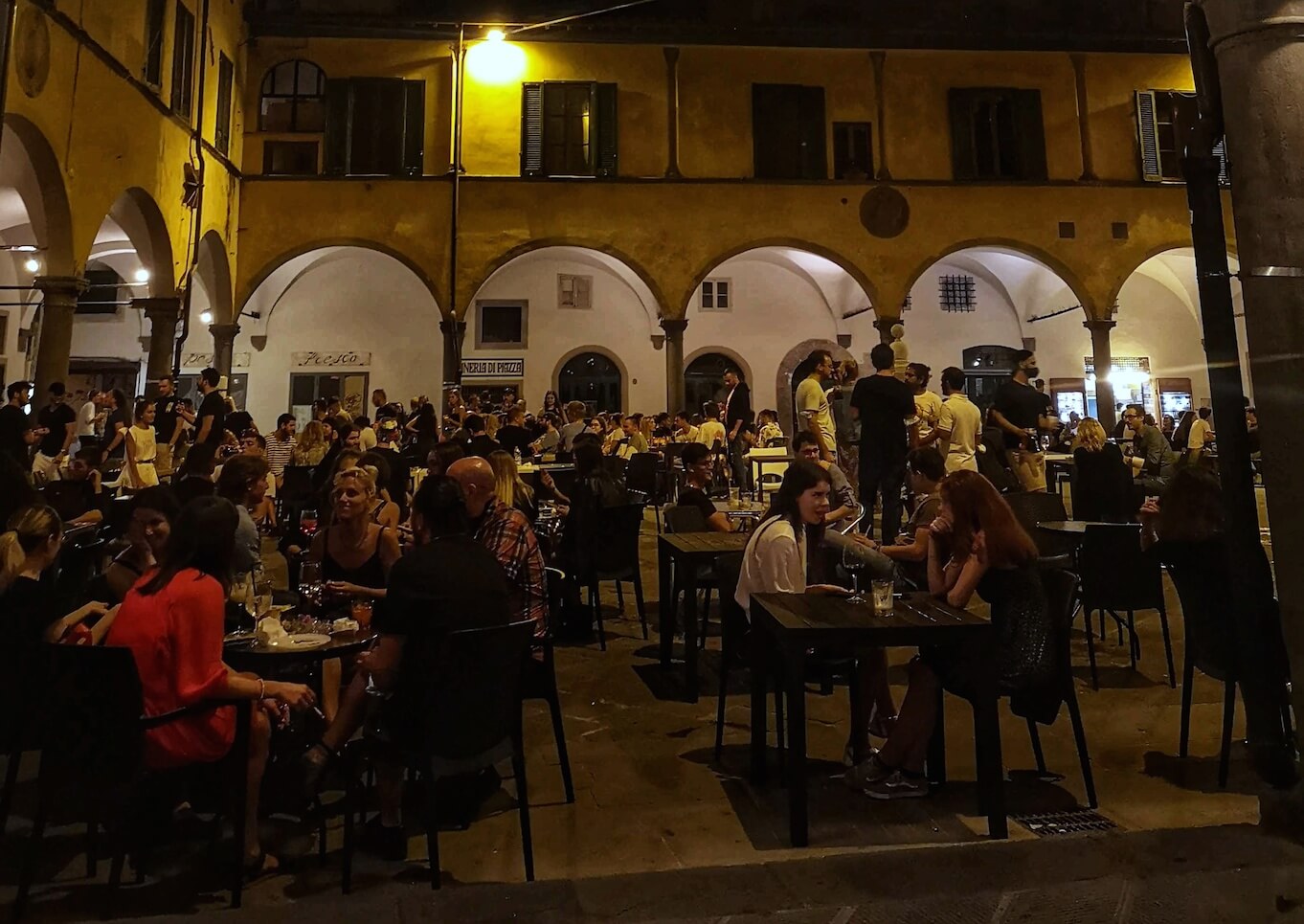
Our favourites for people watching include Piazza Chiara Gambacorti - known locally as Piazza della Pera in deference to a pear-shaped Etruscan monument on one of the corners - and porticoed Piazza delle Vettovaglie: a bustling vegetable market by morning, the piazza’s dive bars never fail to attract a lively student crowd after sundown.
9. Get your modern art fix in Pisa’s Palazzo Blu
If you’re hankering for some cultural inspiration that’s a bit more contemporary, then you need to stop by the Palazzo Blu. Formerly known as the Palazzo Rosselmini Gualandi, these days the striking blue facade on the southern bank of the Arno conceals an exhibition space dedicated to exhibitions of modern and contemporary art. In addition to a permanent collection donated by the Cassa di Risparmio di Pisa that spans works from the 14th century up to the 20th, Palazzo Blu has hosted blockbuster exhibitions featuring artists of the calibre of Picasso, Warhol, Magritte, Toulose-Lautrec and many more.
10. Go Gothic in the Historic Church of Santa Caterina
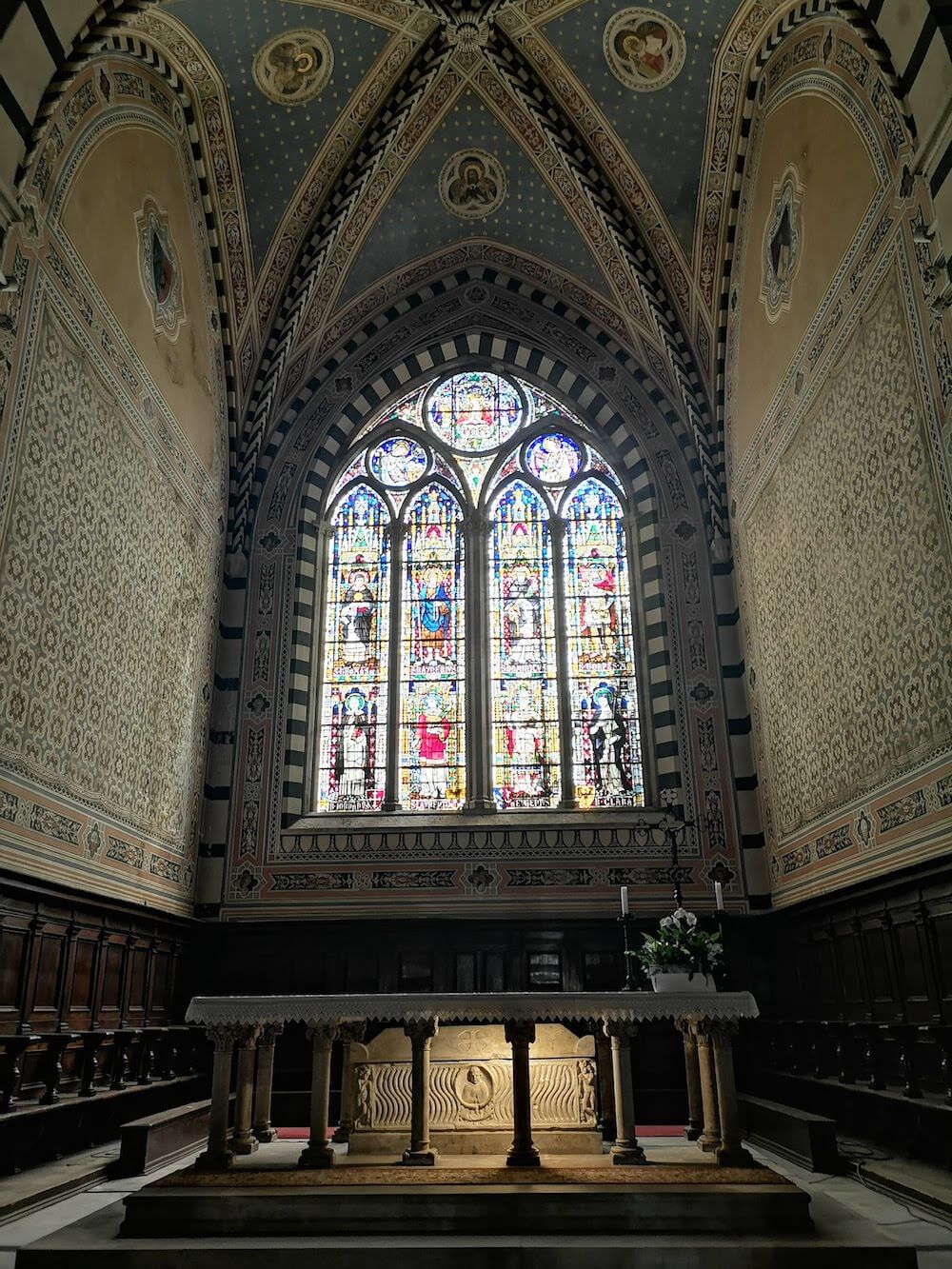
Pisa boasts a surfeit of spectacular churches from all epochs, and it’s worth sticking your nose into any you happen to pass. But one you definitely shouldn’t miss is the church of Santa Caterina, a real gem of medieval Gothic architecture. Constructed in the 13th century at the behest of the Dominican order, the beautiful facade is dominated by three levels of gothic arches punctured by a rose window. The simple interior is studded with brilliant artworks such as the monument to Bishop Saltarelli realised by Nino and Andrea Pisano in the 1300s, a sculpture of the Annunciation over the high altar by the same artists, as well as a very rare 14th-century painting depicting the Triumph of Thomas Aquinas by Lippo Memmi. The venerable church father reportedly preached from the wooden pulpit in the church.
11. Get an inside look at ancient life at sea in Pisa’s Historical Ships Museum
View this post on Instagram
Featuring seven ancient Roman ships dating from the 3rd century BCE to the 7th century CE, the maritime collection in Pisa’s 17th-century Arsenali Medicei offers a fascinating insight into the vital role that the Mediterranean played in ancient Rome’s prosperity. Dubbed the Pompeii of the Sea for good reason, the spectacular remains of the antique ships were first brought to light in 1998 during excavations being made for the new train station of San Rossore.
After 20 years of painstaking excavation and restoration work the ships finally went on display in the fitting surroundings of the Medicean Arsenal, which produced ships for the fleet of Pisa’s Order of the Knights of Saint Stephen 400 years ago. Displays detailing commerce in the ancient world, navigation, and what life was like on board for sailors out at sea - including artefacts relating to cooking, religion and games - round out the picture.
